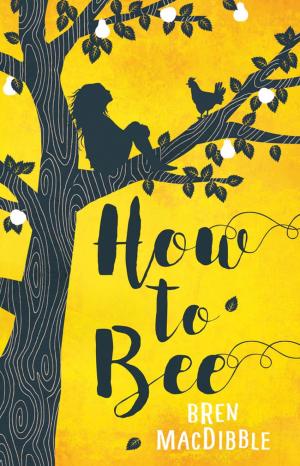How to Bee by Bren MacDibble is a captivating narrative that weaves together themes of community, sustainability and perseverance. This beautifully fierce novel is set in a future where climate change has altered the way we live and offers readers a modern-day lens to assess how human activity impacts plants and habitats. The story reminds us that we all have a purpose, whether we are a pest, a bee or a super-cherry.
The protagonist is nine-year-old Peony, who is navigating two vastly different worlds: her country life and life in the city. Peony sees life as a circle, starting as “a girl that’s born in a shed and crawls around in the dirt till she learns to be a pest, and then could be a bee or a bagger or picker, or even a foreman one day.” That is until her mother returns from the city and expects Peony to come work for the Pasquale family. Living in the city means giving up all Peony knows and developing a new understanding of the world around her.
This novel serves as a perfect companion to Grade 3 Science (growth and changes in plants) by providing young readers with an opportunity to discuss how human activity impacts the environment and to think critically about the changes we can make to ensure a sustainable future. Readers can also dive into the similarities and differences in the everyday lives of the country folk and the city “Urbs” and connect their learning to the Social Studies curriculum (Heritage and Identity: Communities in Canada, 1780-1850). This novel can also extend into the Grade 6 Science curriculum, as it lends itself to exploring biodiversity and its contributions to the stability of natural systems.
How to Bee is a charming read and an effective educational tool that would make a valuable addition to classroom libraries to inspire young minds.
Kate Foster is a member of Greater Essex Occasional Teacher Local.
